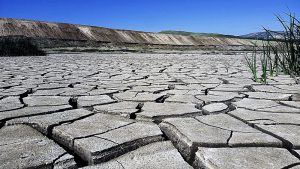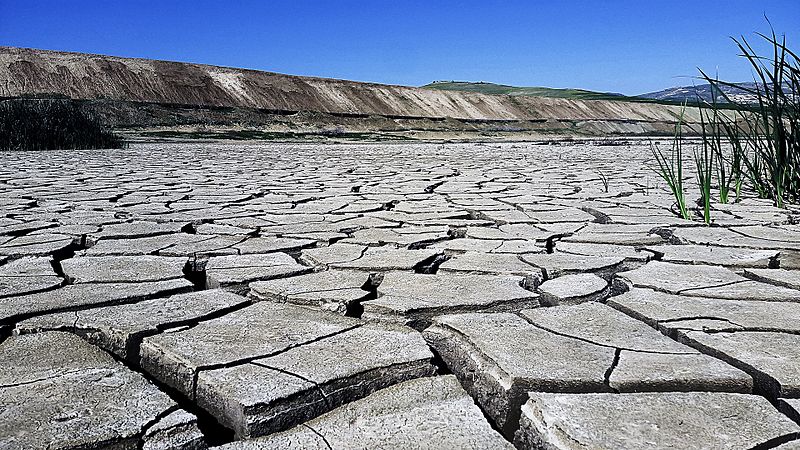Climate change is picking up pace in Europe, thrusting farmers and power generators onto the front lines of a battle with nature that threatens to upend the lives of the half billion people who occupy the world’s biggest trading bloc.
Last year was the third hottest on record and underlines “the clear warming trend” experienced in the last four decades, according to the Copernicus Climate Change Service, which operates a network of satellites for the European Union that collects weather, soil, air and water data.
Copernicus lenses captured dozens of images illustrating how climate change is unfolding on Europe’s landscape. The images were made available to coincide with a gathering of 15,000 scientists in Vienna at an annual meeting of the European Geosciences Union, which assesses the issue each year.
The convention in the Austrian capital is a locus of discovery, where scientists present research and compare notes. The European Space Agency, which operates the Copernicus network, is boosting its 2019 presence after it developing a series of open-source data tools designed to help economies adapt to the hotter and drier seasons already impacting crop yields, power generation and river transport.

Rainfall across central and northern Europe was 80 percent below average levels, resulting in agricultural losses and wildfires. Satellite photos showed dozens of Swedish forests burning in July that destroyed more than $100 million worth of woodland.
experienced up to 40 percent more sunshine hours than average with Germany being the sunniest on record.”
Not all of the impacts are negative. The preponderance of cloudless days in northern Europe helped Germans generate a record amount of solar power last year. Their 45 gigawatts of installed capacity provided Europe’s biggest economy with some 9 percent of its electricity while forcing utilities to integrate more variable flows of power from renewables onto their grids.
But that sunshine took a toll on another source of European power—hydroelectricity. Alpine glaciers, whose melting waters help top off hydro power plants across Austria and Switzerland, are disappearing at a faster pace.
“Glacier retreat would have a large impact on the Alps since glaciers are an important part of the region’s ecosystem, landscape and economy,” said Harry Zekollari, a climate scientist in Switzerland. “They attract tourists to the mountain ranges and act as natural fresh water reservoirs. Glaciers provide a source of water for hydroelectricity, which is especially important in warm and dry periods.”
Read more: Renewable Energy World



